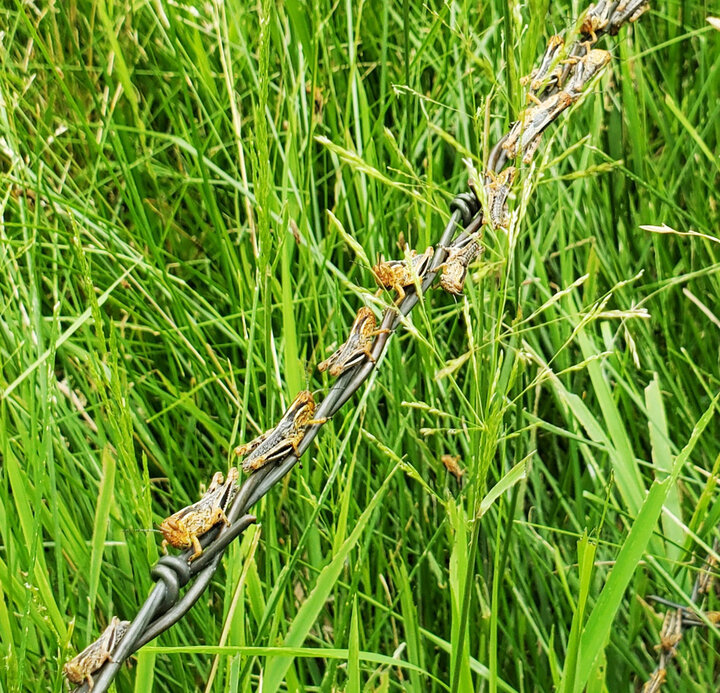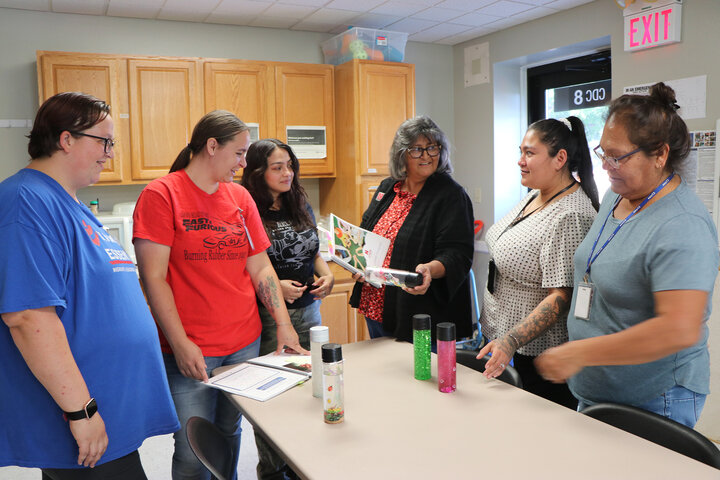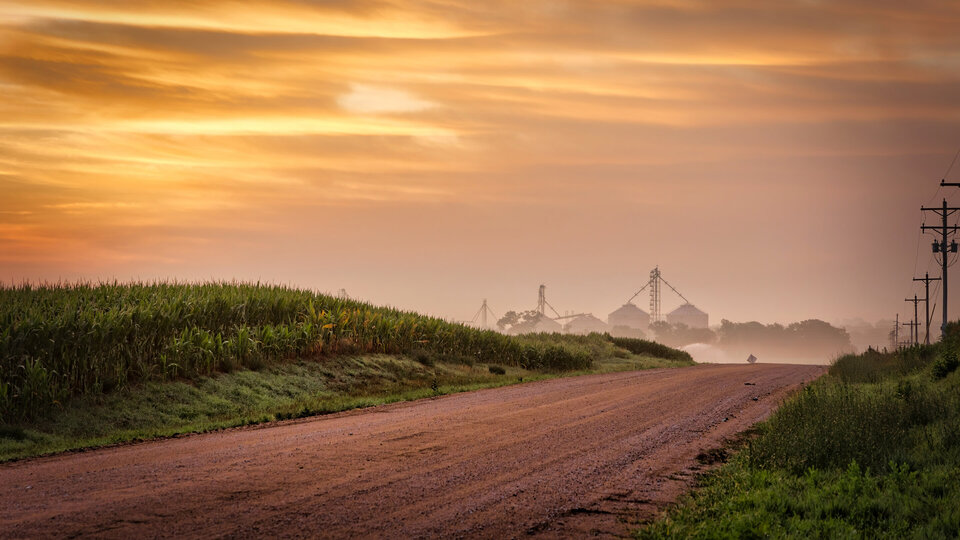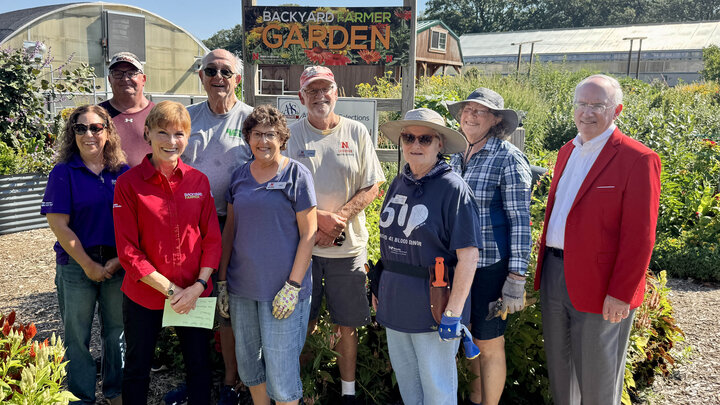Local Interest

Nebraska Extension hosts webinar series on Controlling Invasive Weeds and Pests in Pastures
By Natalie Jones | IANR Communications
Nebraska Extension will offer a six-part webinar series in February 2026 designed to equip ranchers, landowners, and natural resource professionals with the latest research and management strategies for tackling invasive weeds, woody encroachment, and pasture pests.
“Controlling Invasive Weeds & Pests in Pastures” will be held over three weeks, with webinars taking place on Mondays and Thursdays — Feb. 9, 12, 16, 19, 23 and 26 — from 6:30 to 7:45 p.m. MT (7:30 to 8:45 p.m. CT).
The series brings together Nebraska Extension specialists and the Nebraska Department of Agriculture to address several of the most pressing challenges in pasture and rangeland management. Topics include statewide regulations for pesticide application and noxious weed control, identification and treatment of invasive broadleaf weeds, woody encroachment management, herbicide options for invasive winter annual grasses such as cheatgrass, new and emerging weed species to watch for, and guidance on when grasshopper populations warrant treatment.
Speakers include Dr. Nevin Lawrence, Dr. Mitch Stephenson, Extension educators Ben Beckman, Bethany Johnston, Gary Stone and Dave Boxler, along with representatives from the Nebraska Department of Agriculture.
Registration is $75 per person, and includes a mailed packet of key reference materials: the 2025 UNL Guide to Weed Management, Weeds of the Great Plains, and a booklet of NebGuides and Extension Circulars focused on invasive species.
Registration closes Jan. 26 to ensure participants receive their materials before the first webinar.
Those interested may register at https://cvent.me/MOo0ka.
For more information, contact your local Nebraska Extension office or visit https://extension.unl.edu/.

Nebraska Extension early childhood educator passionate about building strong families
By Chabella Guzman, PREEC Communications
Many Nebraska Extension educators are called to their positions. Jackie Guzman is no exception. She is the Nebraska Extension early childhood educator and lead educator in the Nebraska Extension Engagement Zone 1, located at the University of Nebraska-Lincoln Panhandle Research Extension and Education Center in Scottsbluff.
“It is a purpose, a calling for me. This is where we need to start with parents and children to build a solid foundation, where the children are ready to learn and more apt to graduate,” she said.
Among the programs Guzman provides to professionals is the CHIME (Cultivating Healthy Intentional Mindful Educators) program. It is an eight-week program that focuses on the person working with young children, providing them with the skills to work effectively with children by first helping themselves through mindfulness.
Guzman has developed and implemented programs for non-traditional audiences while incorporating traditional 4-H curriculum and methodologies for youth. One such program is embryology, which includes Extension 4-H educators. “I provide incubators, and the farmers provide eggs. There is a curriculum with activities for elementary school children and early childhood/preschool programs,” she said.



